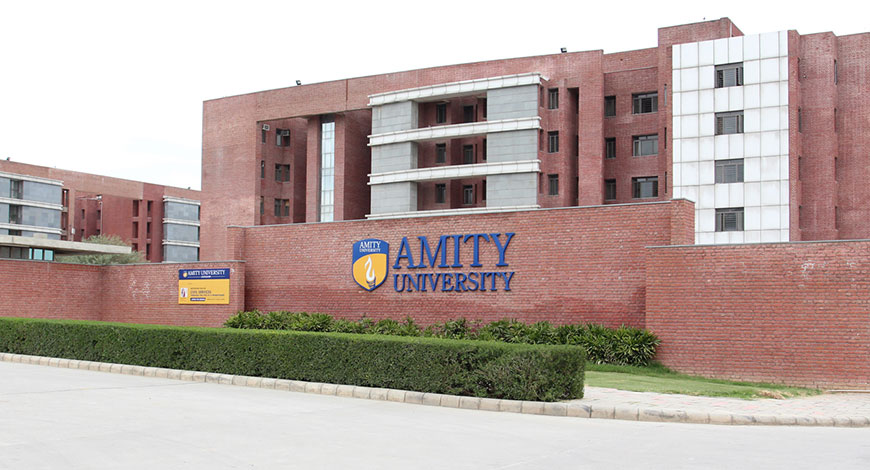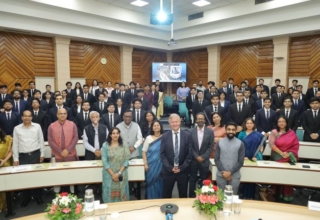
The nine-year old Amity University, Gurgaon or Haryana as you like, spread over an area of 110-hectre on the outskirts of Gurgaon-Manesar, is already one of the successful universities of Amity Group in India. Airy, refreshing and well-landscaped, the university campus is someway is also an architectural delight.
In fact, the campus of the university has been awarded Platinum green rating for leadership in energy and environment design by United States Green Building Council (USGBC) and has been certified by its Green Business Certification Inc.
The interactions with Indian representatives of USGBC going on since the award have led to a LEED Lab being opened in the AUH a couple of years back. One batch of 26 students has already graduated this summer.
Essentially, the Lab curriculum equips students from architecture, planning, sciences& engineering and environmental sciences to study various aspects of green buildings design, operation and maintenance and evaluate green building certification process on the range of parameters including energy efficiency, water efficiency, sustainable sites, transportation systems etc
According to Priyanka Kochhar, Regional Manager of Market Development at GBCI, AUH is the first university in India to host its lab and integrate it with learning to the advantage of students connected to related streams. “Well, this is our first engagement with a higher education institution in India and as the awareness and concerns on environment grow, more people will see the advantage of such a curriculum in terms of value addition and understanding it brings to their future careers,” she added.
Kushagra Rajendra, associate professor who is heading LEED Lab along with Amity School of Earth & Environment Sciences at AUH, is very enthusiastic about the way the new initiative is contributing to knowledge about buildings. “Buildings are very important consumption units of energy and in fact 30-40% of all energy is consumed by buildings. If we are able to micromanage climate of buildings, it will be a big service to the cause of environment and green building movement. Small changes like indigenous plants that consume less water in landscaping, proper shading and insulations, knowledge of green product fittings etc will make a big difference to our own lives and future generations,” he says.
Still in its infancy, the course and lab, in coming years can inspire many colleges to go for greening of their curriculum.










